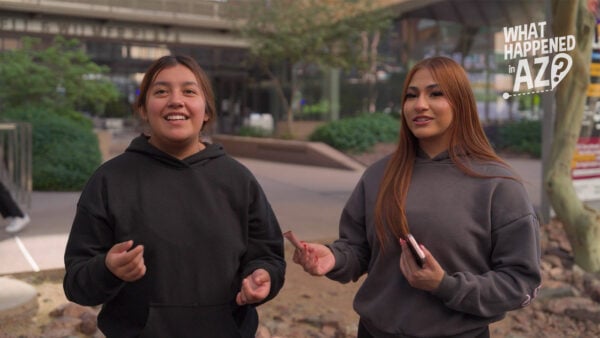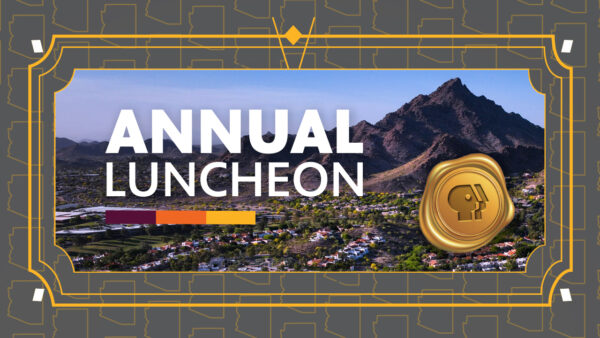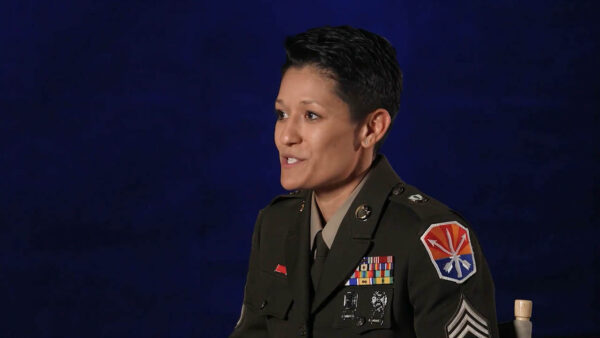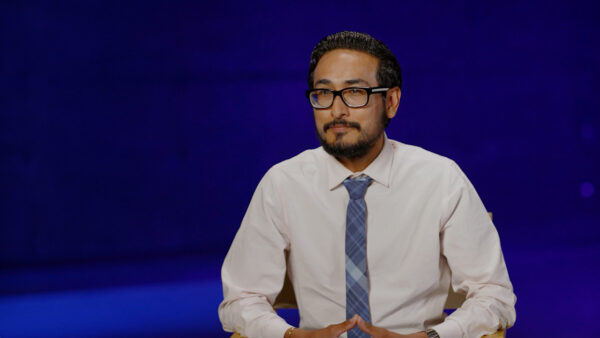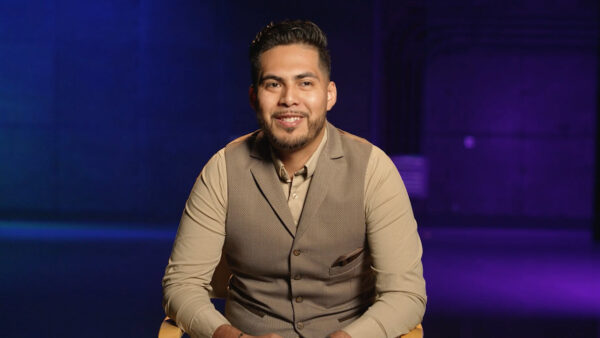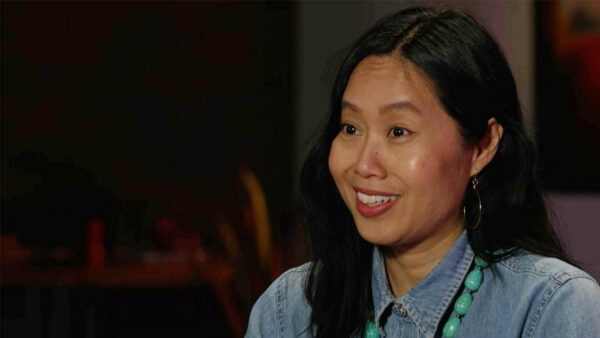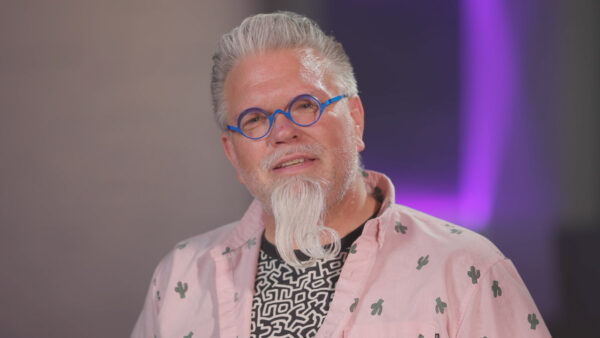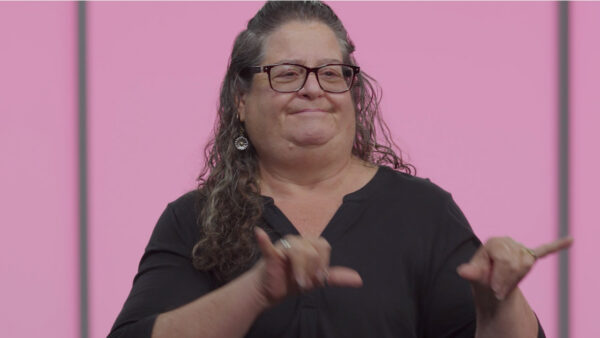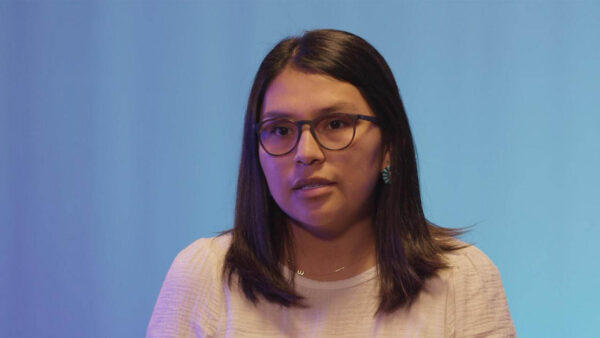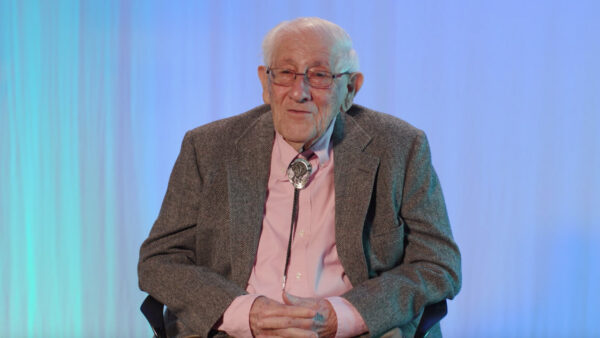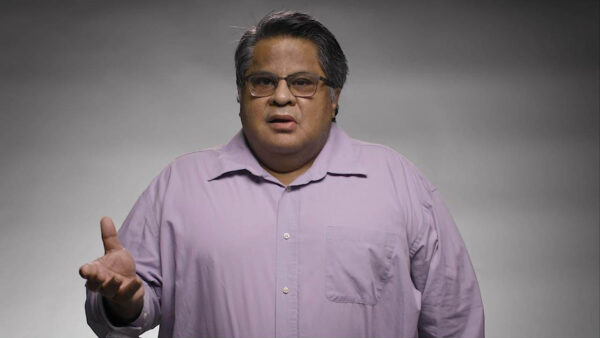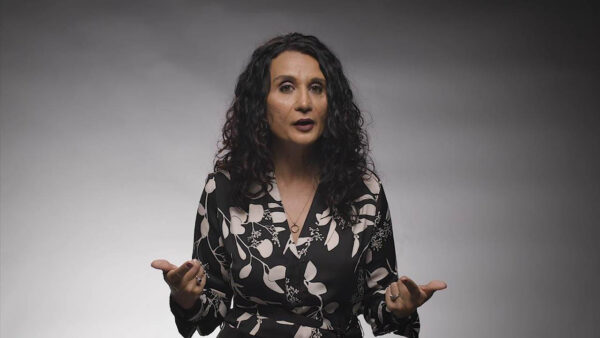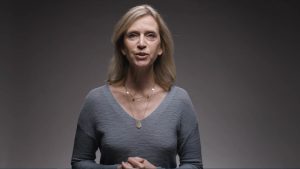Deb Stone shares her experiences as a Deaf community member
April 27, 2023
Over one million people in Arizona have some form of hearing loss, which ranges from mild to profound. Of that number, over 20,000 are Deaf and unable to understand speech using sound alone.
Deb Stone is a member of the Deaf community and a Certified Deaf Interpreter. She is also a long-time advocate for those who face the challenges of deafness in a predominantly hearing world.
Misperceptions about the Deaf
“Sometimes communication can be frustrating because the first language for many Deaf people is American Sign Language and not English,” Stone said. “So if they are measured on an English language standard, their grade level might be at a 6th to 8th grade level. However, in American Sign Language, it’s much higher than that. So when people view a Deaf person’s use of language, it can often lead to misunderstandings if they’re viewing it based on English.”
Issues confronting the Deaf
One of the biggest issues facing members of the Deaf community is effective communication with service providers, such as doctors or the legal community, or in certain instances in the workplace. Communicating successfully in these settings may at times require the services of an interpreter.
“If someone is seeking out professional treatment, it’s important that they have access to a qualified interpreter and that is typically used with individuals who have limited language use or limited life experience,” Stone said. “Or perhaps a Deaf person that has other disabilities that causes them to struggle with comprehension.”
As a parent whose entire family is Deaf including her own children, Stone also has advice for hearing parents who are raising a Deaf child.
“I really want to encourage parents of Deaf children to learn American Sign Language, to communicate with your children,” Stone said. “They want to be a part of your family. They want to know the family health history. They want to know any hereditary issues. And I encourage them to research and get all of their options, to communicate with the children, ask them what they desire for their education and other issues. That’s key.”
